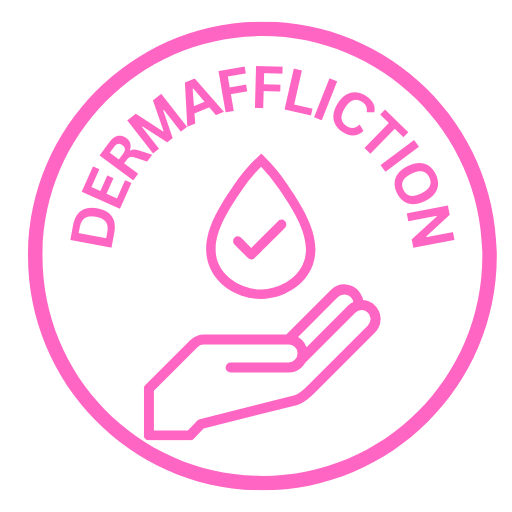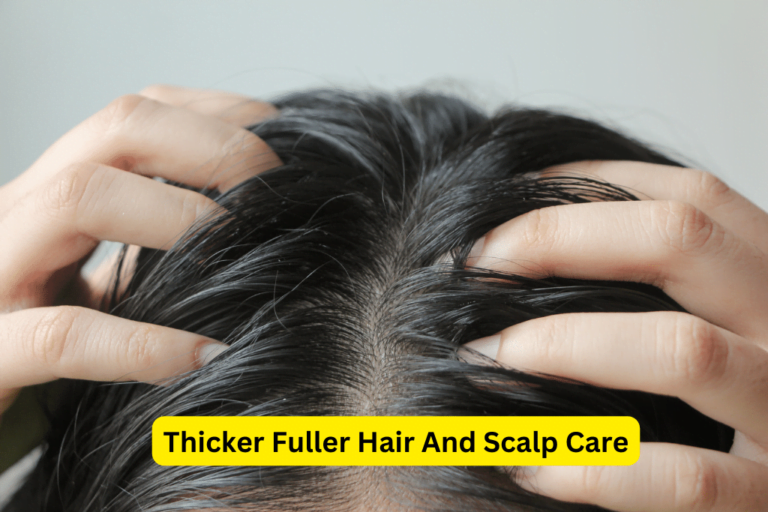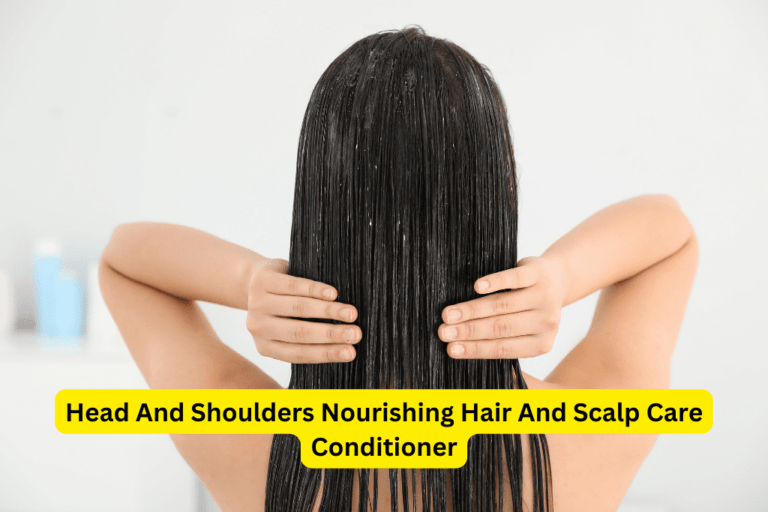Transform Hair Naturally with Oil Power
Oil Hair And Scalp
Oil for hair and scalp is a transformative ingredient that can help nourish, hydrate, and rejuvenate your hair. In order to maintain a healthy scalp and lustrous locks, it’s important to incorporate oils into your haircare routine. With the popularity of oil-based haircare products on the rise, there’s no better time to discover the benefits of oil for your hair and scalp.
Section 1: Understanding the Basics of Oil for Hair and Scalp
1.1 What is Oil for Hair and Scalp?
When we talk about oil for hair and scalp, we’re referring to various types of oils that are used to nourish and revitalize the hair and scalp. These oils can be derived from natural sources such as coconut, olive, argan, and jojoba. It’s important to note that our scalp naturally produces oils to protect and moisturize the hair, but sometimes additional nourishment is needed to maintain a healthy balance.
Carrier oils, such as coconut and olive oil, are often used as a base for oil treatments. They are rich in fatty acids and vitamins that provide deep hydration and nourishment to the hair and scalp. On the other hand, essential oils, such as lavender and tea tree oil, are highly concentrated plant extracts that provide additional benefits such as soothing the scalp and promoting hair growth.
1.2 Benefits of Using Oil for Hair and Scalp
The application of oil on the hair and scalp brings a multitude of benefits. Firstly, it helps to moisturize and nourish the hair strands, preventing them from becoming dry, brittle, and prone to breakage. This is especially important for those with dry and damaged hair. Oil also helps to balance the scalp’s natural oil production, reducing issues like excessive oiliness or dryness.
Furthermore, oil can combat frizz and tame flyaways, making your hair more manageable and smooth. It can also provide a protective barrier against environmental damage, reducing the impact of factors such as pollution and UV rays. Additionally, certain oils have antimicrobial and anti-inflammatory properties that can help soothe the scalp and promote a healthy hair growth environment.
Section 2: Different Types of Oils for Hair and Scalp
2.1 Coconut Oil
Coconut oil is a popular choice for hair and scalp rejuvenation due to its numerous benefits. It has a unique molecular structure that allows it to penetrate the hair shaft, providing deep hydration. This helps in strengthening the hair and promoting healthy growth. Coconut oil also contains lauric acid, which has antimicrobial properties that can help combat scalp issues such as dandruff. To use coconut oil, simply warm it in your hands and apply it evenly to your hair and scalp.
2.2 Olive Oil
Olive oil is not only a kitchen staple but also a fantastic option for nourishing the hair and scalp. It is rich in antioxidants, vitamins, and healthy fats, which help improve hair texture and add shine. Olive oil is especially beneficial for dry and damaged hair, as it deeply moisturizes and repairs the hair strands. To use olive oil, warm it slightly and apply it from the roots to the ends of your hair, focusing on the driest areas.
2.3 Argan Oil
Argan oil, often referred to as “liquid gold,” is derived from the nuts of the argan tree. It is packed with vitamins, antioxidants, and fatty acids that nourish the hair and scalp. Argan oil is known for its ability to repair damaged hair, making it a great choice for those with heat or chemical damage. Additionally, it helps to smooth frizz and add shine to the hair. To use argan oil, apply a few drops to damp or dry hair, focusing on the ends.
2.4 Jojoba Oil
Jojoba oil is highly versatile and closely resembles the natural sebum produced by our scalp. It is suitable for all hair types and can help balance oil production, making it great for both dry and oily scalps. Jojoba oil can also moisturize the hair, promote hair growth, and soothe the scalp. It can be used in various ways, such as a scalp treatment, pre-shampoo treatment, or as a leave-in conditioner.
Section 3: Incorporating Oil into Your Haircare Routine
3.1 Preparing Your Hair and Scalp for Oil Treatment
Prior to applying oil, it’s essential to prepare your hair and scalp. Start by washing and conditioning your hair to remove any product buildup and impurities. Choose a gentle shampoo that cleanses without stripping the hair of its natural oils. After shampooing, apply a moisturizing conditioner to nourish and soften the hair. It’s also beneficial to massage your scalp to stimulate blood circulation and prepare it for the oil treatment.
3.2 Applying Oil to Your Hair and Scalp
When applying oil to your hair and scalp, it’s important to section your hair to ensure even distribution. Start by taking small sections and apply the oil from the roots to the ends, massaging it into the scalp. Use your fingertips to gently work the oil into the scalp, stimulating the hair follicles. The amount of oil you need will depend on your hair length and thickness, but a little goes a long way. Avoid applying excessive amounts, as this can weigh down the hair.
3.3 Techniques for Deep Conditioning with Oil
Deep conditioning with oil can be done using different techniques, depending on your preference and hair type. One popular method is a hot oil treatment, where the oil is heated and applied to the hair. This helps to open up the hair cuticles, allowing the oil to penetrate deeply. Another technique is overnight oil masks, where you apply the oil to your hair before bed and wash it out in the morning. This gives the oil more time to work its magic. To enhance the benefits of oil treatments, you can also use heat by covering your hair with a shower cap or towel, or sitting under a hooded dryer.
Section 4: Tips and Tricks for Managing Oily Hair and Scalp
4.1 Understanding Excessive Oiliness
Excessive oiliness is often caused by an overproduction of sebum by the scalp’s oil glands. This can be influenced by factors such as genetics, hormones, and lifestyle. It’s important to understand that oily scalp and greasy hair are not the same thing. An oily scalp refers to an excess of oil on the scalp, while greasy hair refers to oiliness on the hair strands. Understanding the difference can help you address the issue more effectively.
4.2 Managing Excess Oil with Oil Treatments
Using oil treatments to manage excess oil may seem counterintuitive, but it’s based on the principle of “like dissolves like.” Certain oils, such as jojoba and tea tree oil, have the ability to regulate oil production and balance the scalp. Applying a small amount of these oils to the scalp can help reduce excess oiliness over time. It’s important to note that consistency is key when managing oily hair and scalp, and it may take time to see results.
Conclusion
The benefits of oil for hair and scalp rejuvenation are countless, ranging from moisturizing and nourishing the hair strands to balancing the scalp’s natural oil production. By incorporating various oils such as coconut, olive, argan, and jojoba into your haircare routine, you can transform your hair naturally and achieve the healthy, lustrous locks you’ve always desired. Don’t be afraid to experiment with different oils and techniques to find what works best for your hair type and concerns. Remember, consistency and patience are key when it comes to reaping the benefits of oil for your hair and scalp.
"Have You Seen Mike Walden's new holistic acne System yet? It's called "Acne No More" I've read the whole thing (all 223 pages) and there's some great information in there about how to naturally and permanently eliminate your acne without drugs, creams or any kind of gimmicks. I highly recommend it - it's very honest and straightforward without all the hype and b.s. you see all over the net these days. Here's the website where you can get more information:
Click Here -->AcneNoMore









